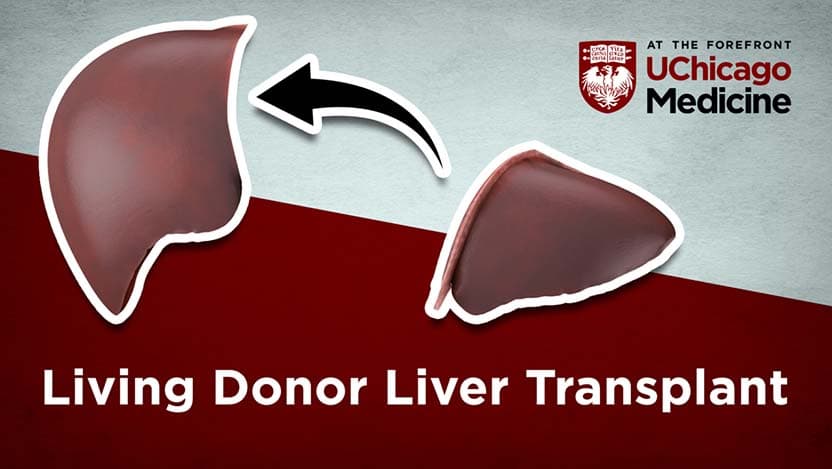How living donor liver transplant works

UChicago Medicine transplant surgeon John LaMattina, MD, explains adult living donor liver transplantation in this animated video. Living donor liver transplantation is an option for patients with end-stage liver disease or liver failure.
A liver from a living donor is an alternative to the long organ waiting list and a faster path to transplant. The living donor's liver and the recipient's newly transplanted piece of liver will fully regrow and function normally within a few months of transplant.
LaMattina also reviews the requirements for a living liver donor and explains the processes for both surgeries.

John LaMattina, MD
Dr. LaMattina is a skilled transplant surgeon with a particular interest in both living donor liver and living donor kidney transplantation.
See Dr. LaMattina's physician profile